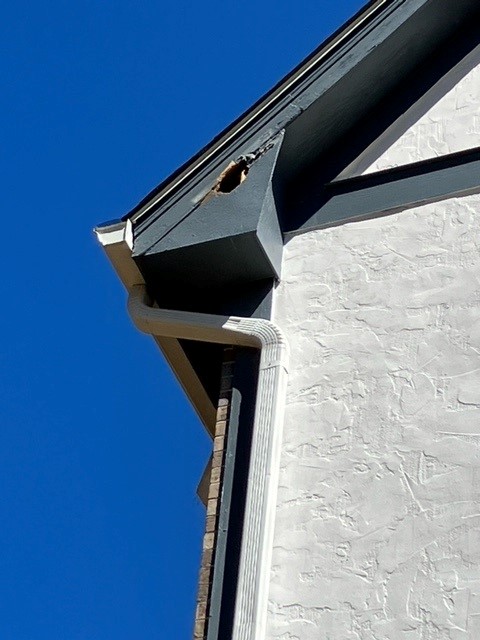Squirrels in Atlanta navigate their way through treetops seamlessly, so the pests have no problem climbing onto roofs, into soffits, down your chimney, and into your attic. The most effective squirrel control is to keep them out of your house. If you already have a squirrel problem, you need to get rid of the squirrel.
Squirrel Trapping & Control
Cage traps and one-way doors are effective methods of squirrel control. One way doors or valves let the squirrel leave but prevents their return. Cage traps are placed in high squirrel traffic areas. Peanut butter is one of the best squirrel baits, but fruits work well do. When we identify the main squirrel entry point, we install the trap over it. When the squirrel leaves, the trap snaps shut.
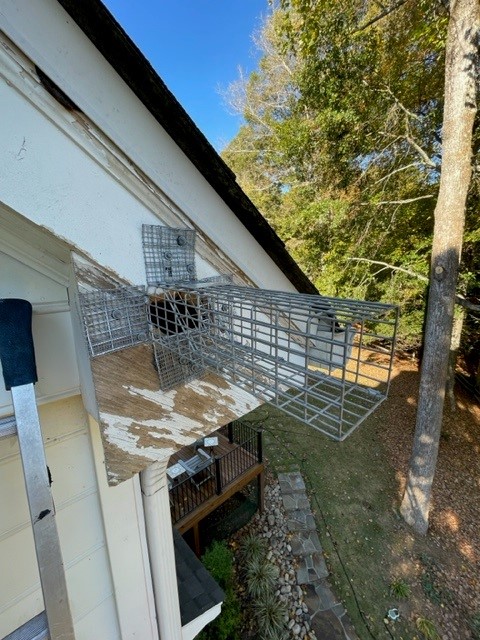
Squirrel Control in Attics
As squirrels spend their days running up and down trees and jumping from branch to branch, they have a bird’s-eye view of home roofs and their weaknesses. Because squirrels do not hibernate in winter, the warmth they feel coming from gaps makes an ideal winter den. Squirrels will use their teeth to gnaw through damaged or unscreened vents or tiny gaps to enter the attic. And they most often use the branches of trees near the home or wires to get to the roof. While ideal for squirrels, their presence damages homes and poses health risks for the families within.
Squirrels only need a gap of 1.5 inches to gain entry. The most common places where squirrels find entry into your attic include:
Fascia Boards
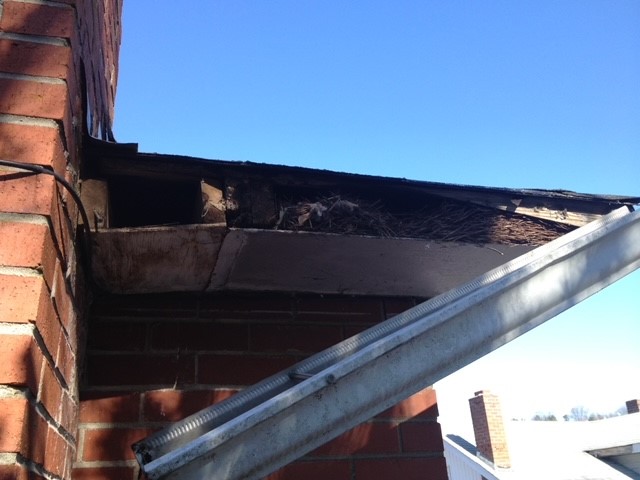
These are thin longboards that run along the lower outer edge of a roof, covering the entire roofline. They help keep water out.
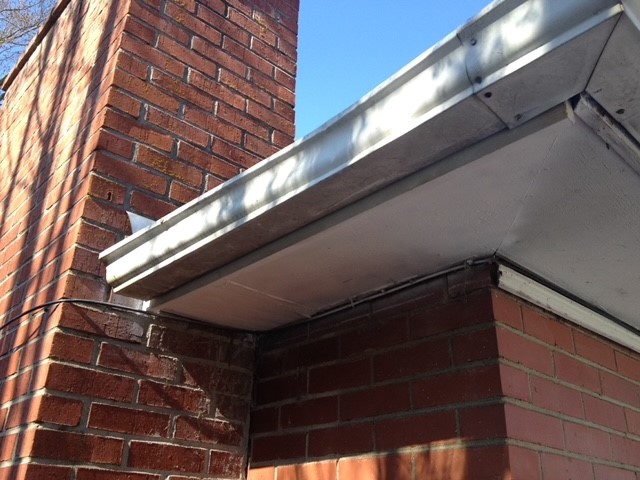
Attic Vents
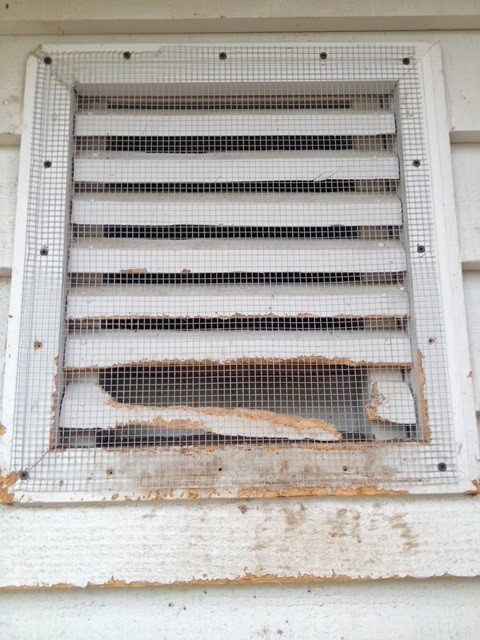
A louver vents allows air to pass while blocking unwanted elements like water, dirt, and debris. These vents usually have enough space between them for a squirrel to squeeze through. If the gap isn’t big enough, squirrels can chew through aluminum and wood.
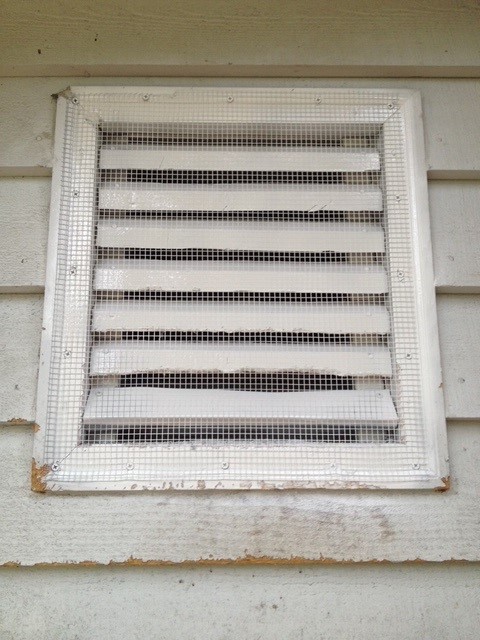
Soffits

These are the finishing material, mostly made of wood or fiber cement, that covers the underside of a roof overhang. In addition to helping to make the roofline look aesthetically nice, soffits help keep moisture away from the rafters, reducing the chance of mold. Soffits that are not flush with the siding create a gap for squirrels to enter.
Ridge Vents – Ridge vents are air exhaust vents installed on the peak of a roof that provides continuous exhaust ventilation at the highest part of the attic. Squirrels are attracted to the warm air that comes out of these vents.
Gable Vents – On a gabled roof, these vents are located at the peak where the two sides meet. They usually have louvers, allowing air to flow into the attic, which works to cool it down in warm weather.
Roof Returns – This is the part of the roof that doubles back to the wall of the house. It is between the end of the roof and a home’s walls.
Squirrel Exclusion
Home exclusion is the most effective squirrel control for your home. It is essential to seal all current and potential entry points to prevent future squirrel infestations. In addition, we strongly recommend a maintenance service. Like other rodents, squirrels have front teeth that continuously grow, which means they can gnaw a new way back into your home.
Precautions like removing trees or tree branches on or close to your roof can help prevent squirrel problems in your home. We also urge you to refrain from using bird feeders as they are a huge attractant for squirrels and additional wildlife. After squirrel removal, we advise all our customers to remove food sources like accessible birdseed and acorns, if present, in order to maintain a squirrel-free home.
